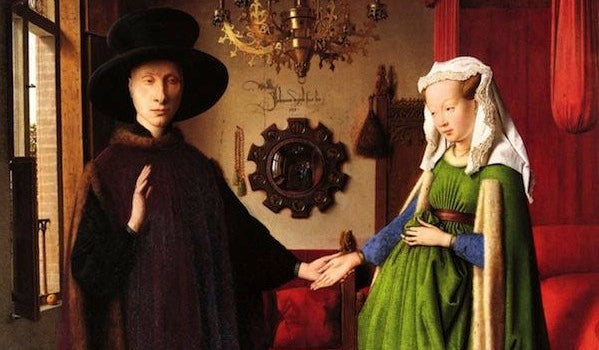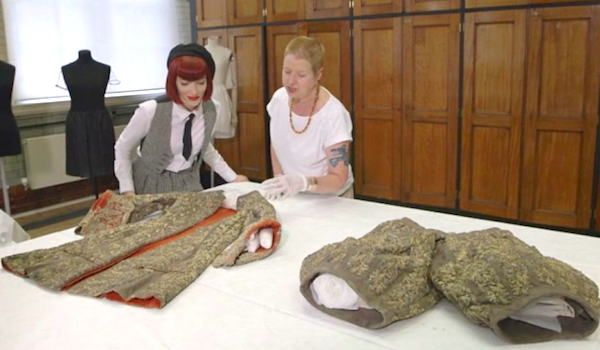
Fashion Through The Ages
Guest post by Eleanor Edwardes

Now showing on BBC 4, the new series A Stitch in Time presented by fashion historian Amber Butchart takes us on an eye-opening journey through clothing worn by historical figures in politically significant paintings. Historical tailor Ninya Mikhaila and her team recreate the outfits using the methods that would have been employed at each point in history, transporting us to a bygone world of fashion.

We are also invited to explore some of the garments stored in the V&A’s collection of over 75,000 objects, giving us insight into how the fabrics appear in the paintings, and how they would have felt to the wearer. Butchart herself introduces each episode by positing that 'clothes are the ultimate form of visual communication – by looking at the way people dress we can learn not only about them as individuals, but about the society they lived in… in the words of Louis XIV, I believe that fashion is the mirror of history.'

To take the enigmatic Arnolfini Portrait (Jan Van Eyck, 1434) from the second episode as an example. We learn a great deal from the recreation of the famed fur-trimmed gown worn by the merchant’s wife. Excessive layers of what is revealed to be expensive woollen broadcloth (or ‘doeskin’) drape luxuriously onto the floor, causing the wearer to hold up her skirt to gain purchase on the sheer weight of the fabric. This is clearly not a gown made for walking, and could only have been worn by a lady of leisure. The edges of the sleeves are pinked so that the lining can show, and the pleats are steamed into place and backed with linen.

On donning the completed ensemble, Butchart comments that wearing these different styles cause you to change your stance, which shows us why people adopt certain poses in paintings. She reveals just how warm the fur trimming would have been (important in times of poorly heated housing). Historical dye expert Debbie Bamford recreates the deep green shade of the gown using blue wode and yellow weld or ‘dyer’s rocket’, placing the wool several times into the dye bath for greater saturation.

Green was an uncommon colour for textiles, denoting high finance and banking – it was practice for a green cloth to be placed down when making a trade. With this, the portrait is revealed to be a display of the wealth achievable by a new merchant status in the 15th century. Though this episode focusses on a particular class, the following episodes offer great views into many other aspects of society through fashion; from the working class to the marginalised, and much more.
‘A Stitch in Time’, BBC 4, Wednesdays 20.30pm until 8 February 2018

2 comments
This has been a fantastic series. A fascinating insight into garment construction. I really hope the BCC commissions another series.
Fascinating! Wish I could watch this here. Perhaps it’ll show up in some form on US television, sometime in the future.